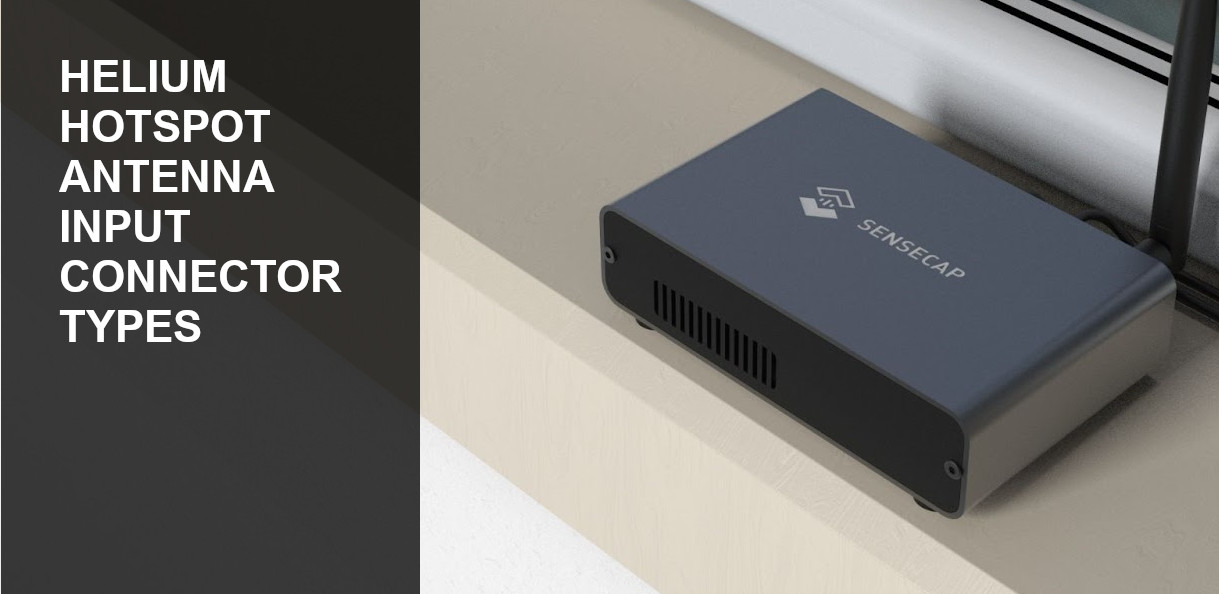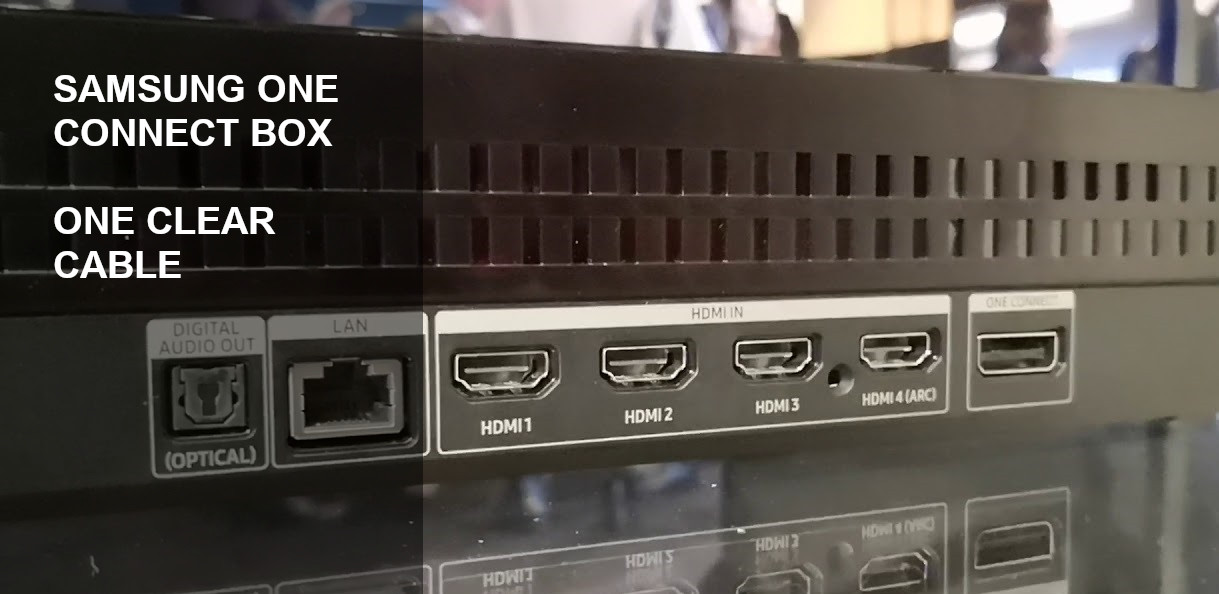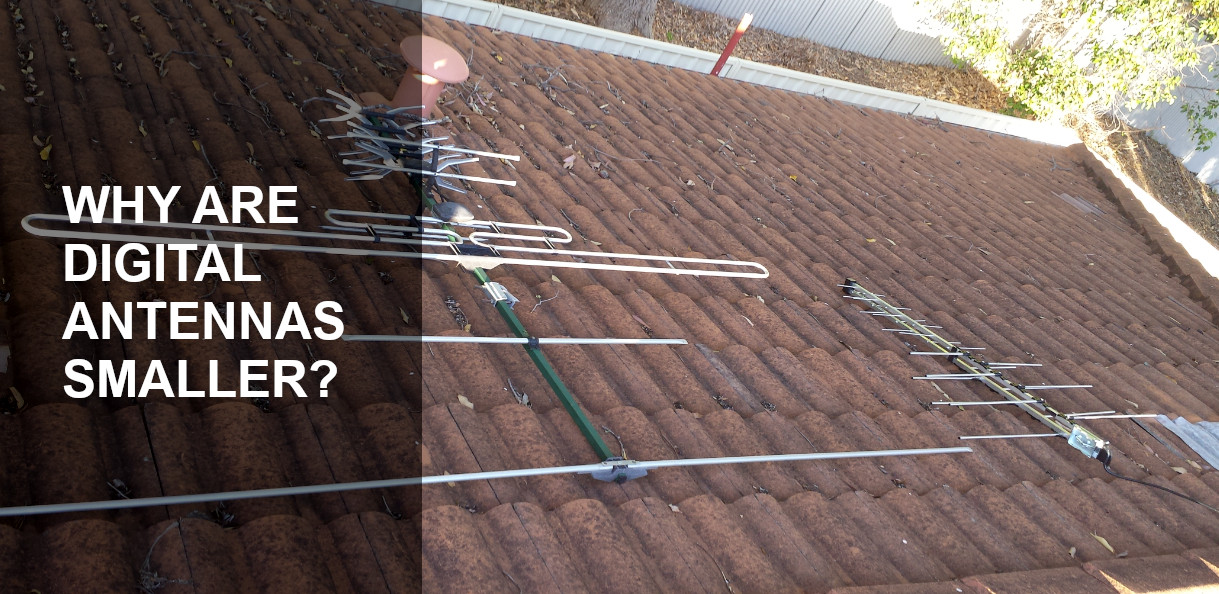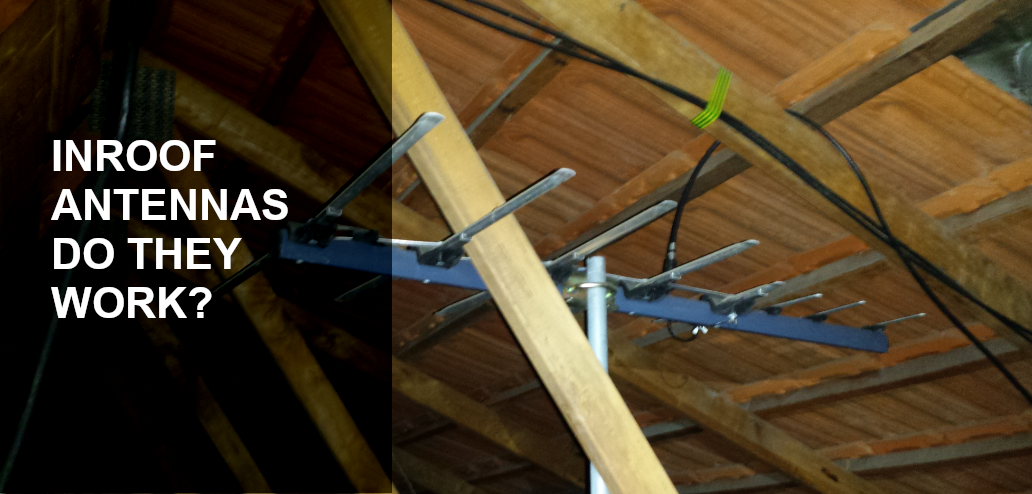Polk Boom Bit Battery Replacement
The Polk Boom Bit is the first wearable Bluetooth speaker to be introduced, allowing you to make calls and listen to music all while having this little speaker clipped to your shirt. As an antenna man in Perth who is …











